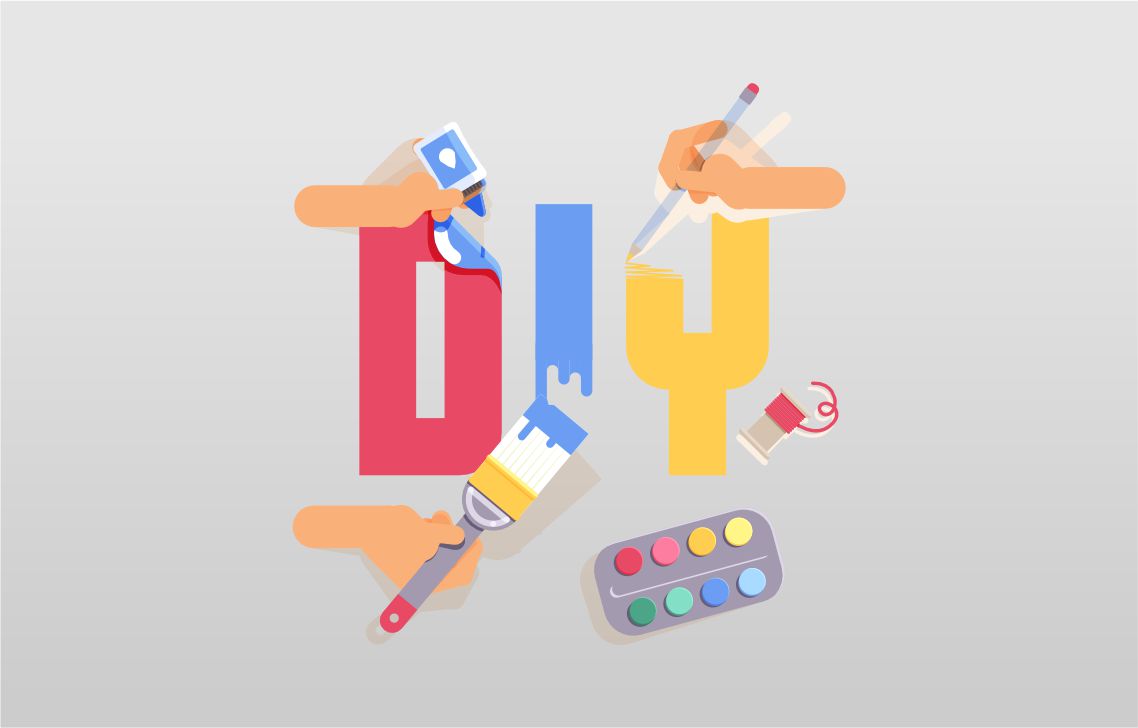Graphic Design
Diy Logo Design Pros, Cons, And Best Practices
In today’s digital age, establishing a strong visual identity is crucial for businesses of all sizes. Your logo is often the first impression customers have of your brand, making it essential to get it right. While hiring a professional designer may seem like the obvious choice, many businesses opt for a more budget-friendly approach by creating their own logos. In this article, we’ll explore the pros and cons of DIY logo design and provide best practices for those considering taking on the task themselves.
Introduction to DIY Logo Design
DIY logo design involves creating a logo for your business without the assistance of a professional designer. With the rise of online design tools and resources, many entrepreneurs and small business owners are turning to DIY methods to craft their brand’s visual identity.
Pros of DIY Logo Design
Cost-effectiveness
One of the most significant advantages of DIY logo design is cost-effectiveness. Hiring a professional designer can be expensive, especially for businesses operating on a tight budget. By creating your own logo, you can save money that can be allocated to other areas of your business.
Creative control
When you design your own logo, you have complete creative control over the process. You can experiment with different concepts, colors, and fonts until you find the perfect fit for your brand. This level of control allows you to tailor your logo to accurately reflect your brand’s personality and values.
Quick turnaround
DIY logo design offers a quick turnaround time compared to hiring a professional designer. Instead of waiting weeks for initial concepts and revisions, you can create and finalize your logo in a matter of days, allowing you to launch your brand more quickly.
Cons of DIY Logo Design
Lack of expertise
One of the main drawbacks of DIY logo design is the lack of expertise. Professional designers have years of experience and training in creating effective logos that resonate with target audiences. Without this expertise, DIY logos may lack the polish and professionalism of those created by professionals.
Limited resources
While online design tools offer a wide range of templates and graphics, they also have limitations. DIY designers may find themselves constrained by the available options, making it challenging to create a truly unique and memorable logo.
Potential for amateurish results
Without proper design skills and knowledge, DIY logos run the risk of looking amateurish. A poorly designed logo can damage your brand’s credibility and make it appear unprofessional. It’s essential to consider the long-term impact of your logo on your brand’s reputation.
Best Practices for DIY Logo Design
Research and planning
Before diving into the design process, take the time to research your industry, competitors, and target audience. Understand what sets your brand apart and identify key elements that should be reflected in your logo.
Use of online tools and resources
Take advantage of online design tools and resources to bring your vision to life. Platforms like Canva, Adobe Spark, and LogoMaker offer user-friendly interfaces and a wide range of design elements to help you create professional-looking logos.
Keeping it simple
When designing your logo, remember the importance of simplicity. A cluttered or overly complex logo can be difficult to reproduce across different mediums and may not scale well. Aim for a clean and straightforward design that is easily recognizable and memorable.
Seeking feedback
Once you’ve created a draft of your logo, seek feedback from colleagues, friends, and family members. Constructive criticism can help you identify areas for improvement and ensure that your logo effectively communicates your brand’s message.
Conclusion
While DIY logo design offers cost savings and creative control, it also comes with its own set of challenges. Businesses considering this approach should carefully weigh the pros and cons and follow best practices to create a logo that accurately represents their brand. By investing time and effort into the design process, DIY designers can create logos that leave a lasting impression on their target audience.
FAQs
- Can I trademark a DIY logo?
- Yes, you can trademark a DIY logo if it meets the requirements for trademark protection. It’s advisable to consult with a legal professional to ensure your logo is eligible for trademark registration.
- What if I’m not happy with my DIY logo?
- If you’re not satisfied with your DIY logo, you can always revisit the design process or consider hiring a professional designer to create a new logo for your brand.
- Are there any copyright issues with DIY logo design?
- It’s essential to ensure that the elements used in your DIY logo are original or properly licensed to avoid copyright infringement issues.
- Can I update my DIY logo in the future?
- Yes, you can update your DIY logo as your brand evolves. However, it’s essential to maintain consistency to avoid confusing your audience.
- Is DIY logo design suitable for all businesses?
- DIY logo design may be suitable for small businesses and startups with limited budgets. However, larger companies may benefit from the expertise of professional designers.

